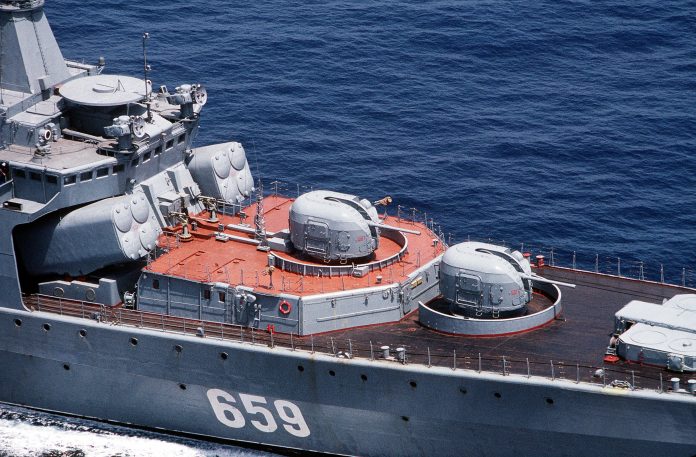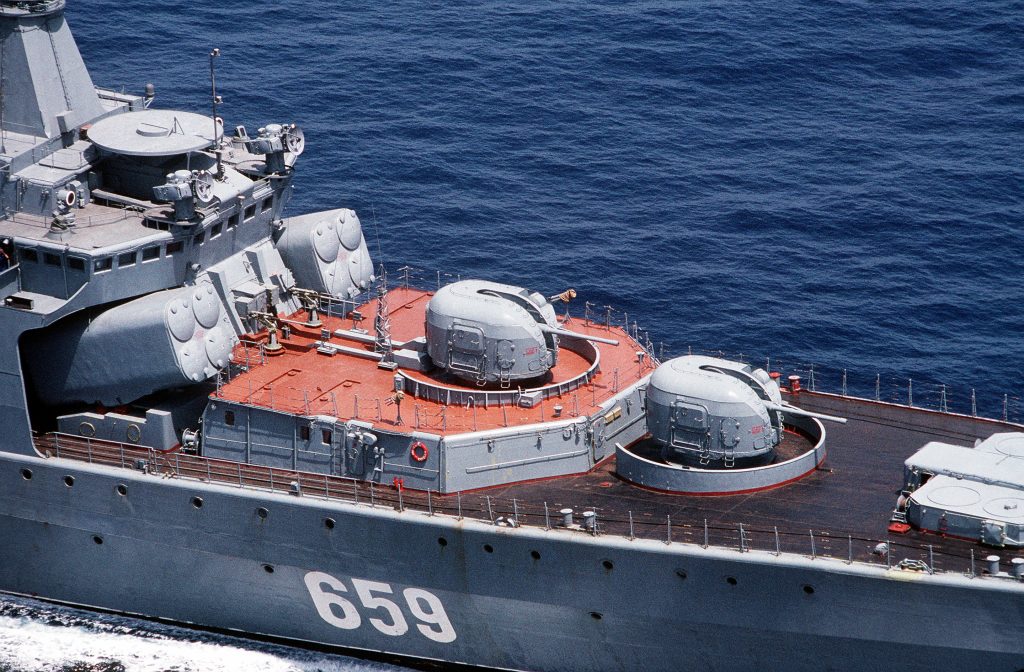
The appearance of a decades-old Soviet naval cannon buried in Ukrainian earth is more than a curiosity on the battlefield it is a clear sign of how far the war has stretched Russia’s inventory. Russian troops have in recent months resorted to re-purposing legacy assets, originally intended for warships, to plug holes in air defense on the front and rear lines.
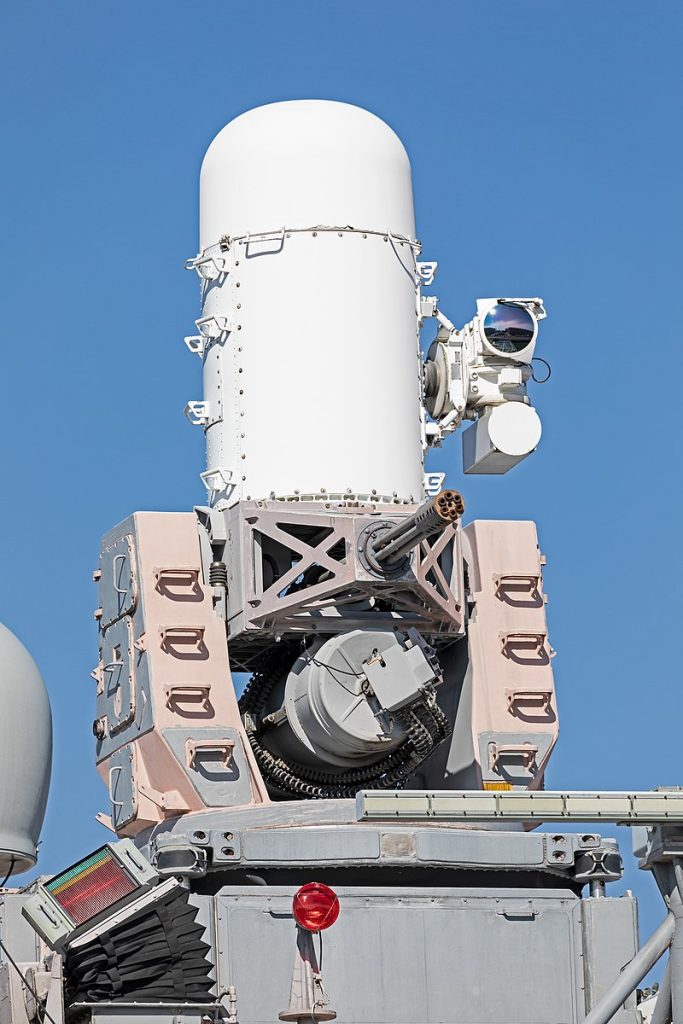
The AK-306, the 30mm six-barreled rapid-fire system devised to swat low-flying planes from patrol boats, now shows up in static positions and on truck platforms in occupied lands. The development signals a larger trend: the Kremlin using Soviet-era reserves to support its war effort even as production goes into overdrive. For defense experts, the deployments reveal a window into both the competence and the constraints of Russia’s military-industrial base. Following are seven significant insights into the return of this strange weapon, its potential, and the strategic environment forcing it back into the battlefields.
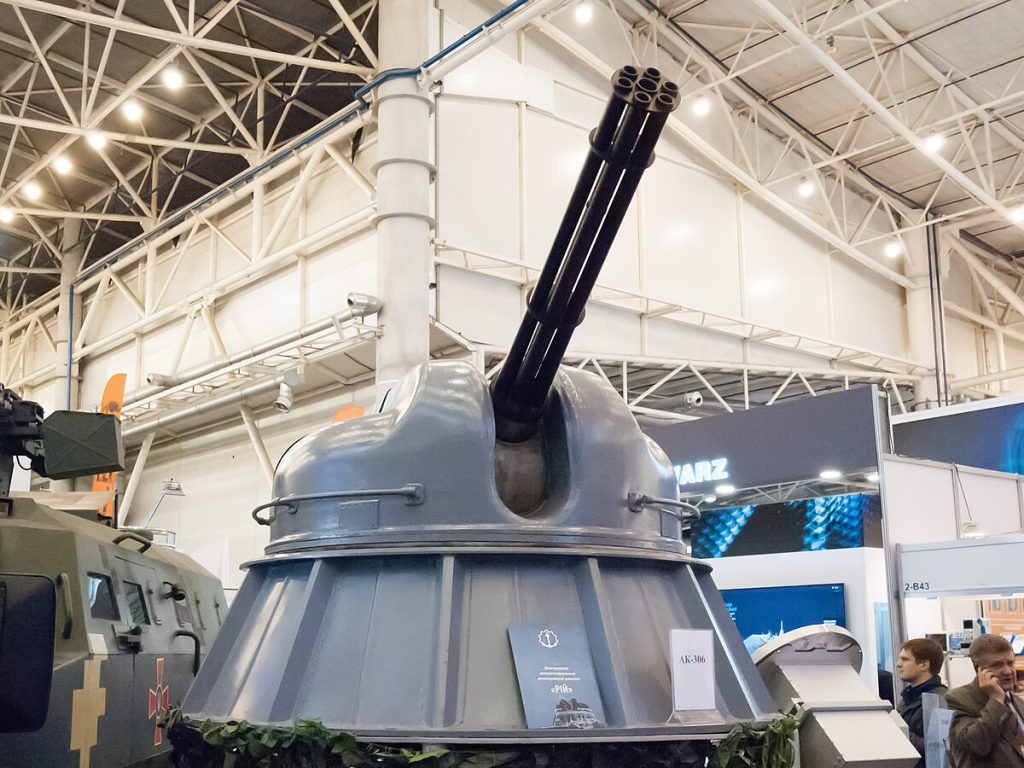
1. From Warship Decks to Ukrainian Fields
The AK-306 was not intended for ground use. Conceived in the latter Soviet era as a reduced-weight version of the AK-630, it was standard issue on small naval vessels like Project 1400M “Grif” patrol boats and Project 1208 “Sungari” river gunboats. Its intended function was close-range defense against aircraft and small-surface targets, remotely controlled through the “Lazur” fire control system.
Now, as per open-source imagery confirmed by several defense sources, the same weapon has been installed in readiness in occupied Kherson Oblast. Analysts observe that its survival in open deployment indicates deployment well away from direct artillery threat, where it can be dedicated to countering drones and low-altitude targets.
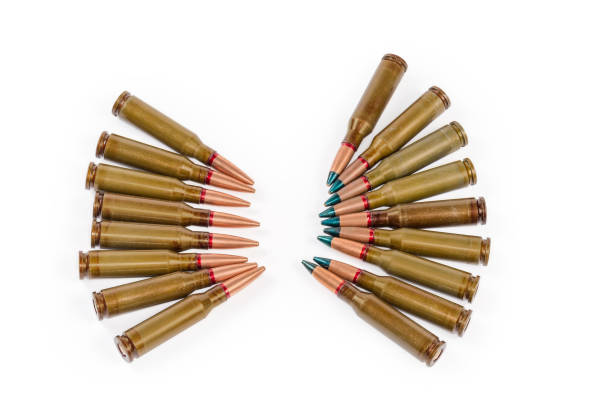
2. High Rate of Fire, Limited Ammunition Types
One of the lasting advantages of the AK-306 is its rate of fire up to 1,000 rounds per minute. This makes it extremely effective against high-speed airborne targets, including small drones that have spread across Ukraine.
Yet, its ammunition choices are limited to the OF-84 high-explosive incendiary and OR-84 fragmentation tracer rounds. Neither are armor-piercing, limiting the gun’s use to soft targets and airborne threats. This restriction is a sign of its naval heritage, where fighting armored ground targets was never in the design brief.
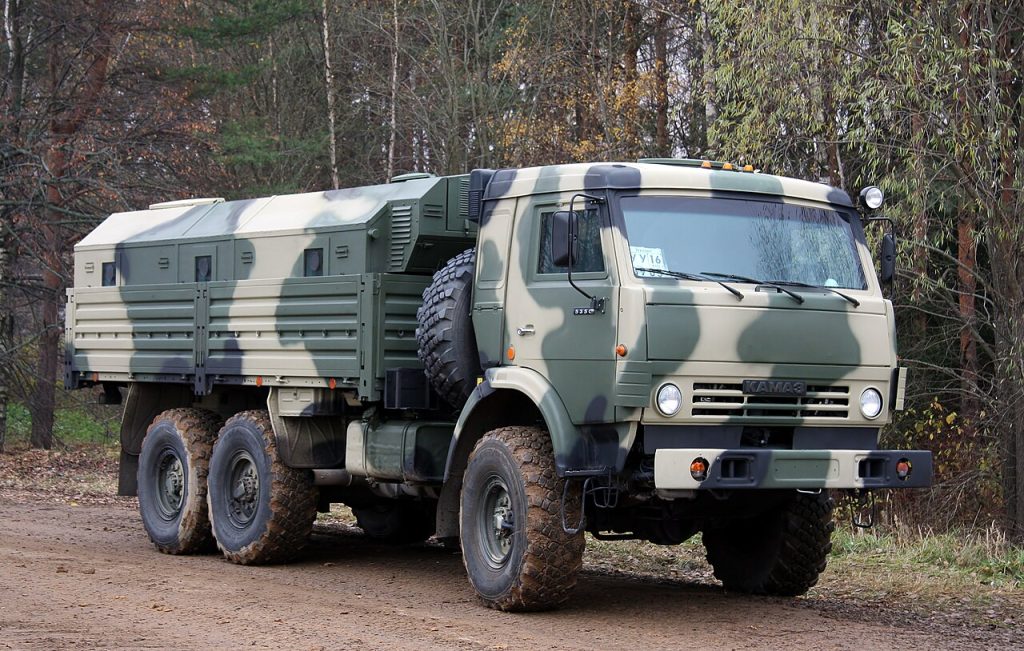
3. Static and Mobile Variants Emerging
Whereas static emplacements have been noted, the AK-306 has also been put on wheels. In February of 2025, Russian troops were seen mounting the system on a KamAZ-5350 all-terrain vehicle, producing a mobile anti-drone platform.
Army Recognition characterized this as a “major improvement” in air defense flexibility, enabling quick repositioning to address changing threats. This dual strategy fixed defenses in the rear and mobile units near the front appears an attempt to spread scarce resources over several operational requirements.
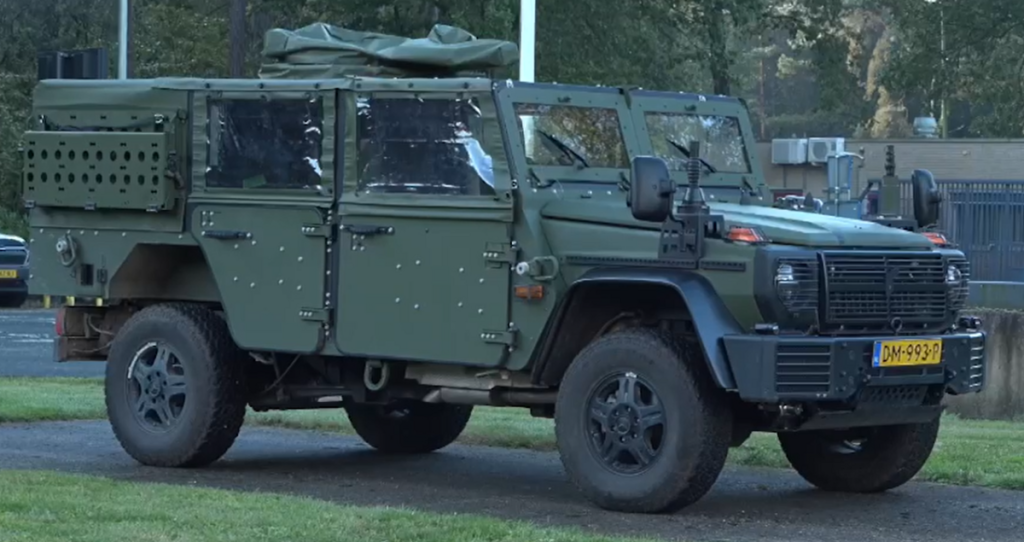
4. A Symptom of Stockpile Dependence
The AK-306’s return is a part of a greater pattern: the reallocation of Soviet reserve forces to balance out huge wartime losses. By mid-October, photographic evidence compiled by independent trackers showed Russia had lost in excess of 17,000 items of equipment, including over 3,000 tanks and 6,400 armored vehicles.
As the International Institute for Strategic Studies points out, Russia started the war with enormous reserves some 10,000 tanks and 18,500 armored vehicles which have progressively been consumed. The conversion of naval guns to land use demonstrates both ingenuity and the limited nature of these inventories.
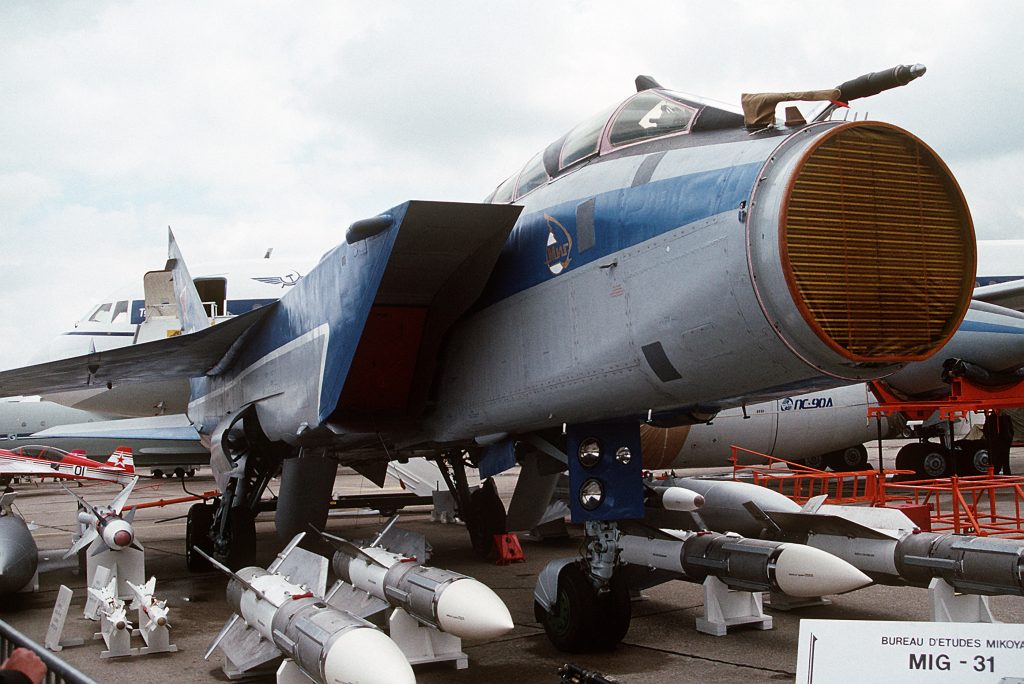
5. Lessons from Other Naval-to-Land Conversions
The AK-306 is by no means the first naval system to be converted for service on land. Earlier in the war, Ukrainian drones knocked out a unique “Zaslon” radar that was built for warships but was installed on wheels for ground air defense. The system had the ability to detect up to 200 threats at the same time, highlighting the utility of sea hardware in some land combat missions. These conversions illustrate a practical, if desperate, strategy: making do with what is at hand, even if it involves working outside the system’s design parameters.
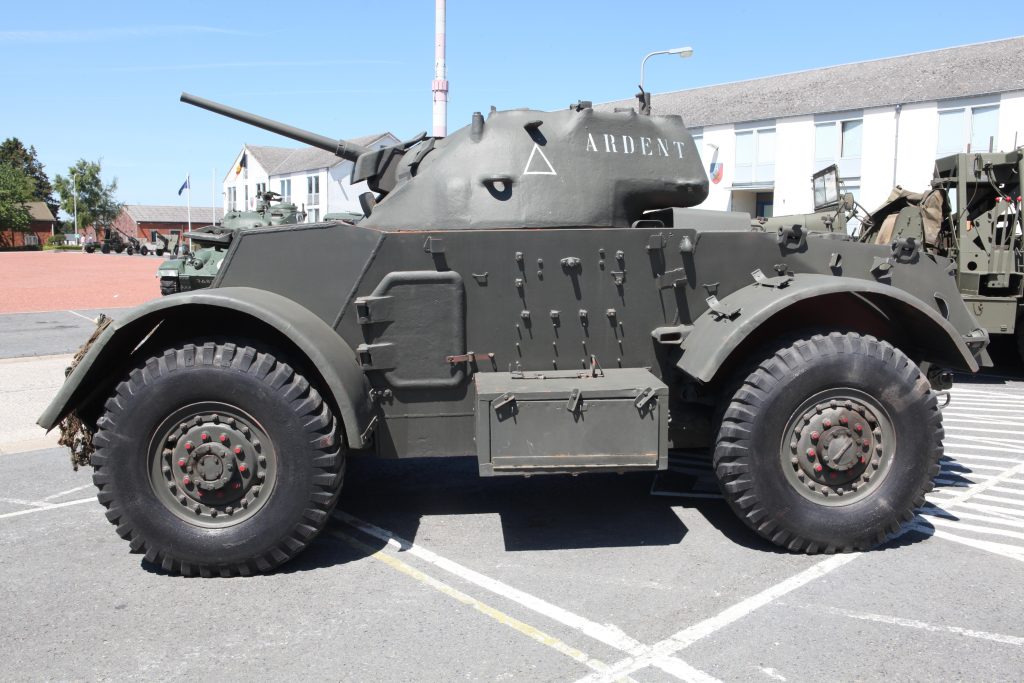
6. Industrial Limits and Strategic Options
Although Russia has expanded military production delivering about 1,500 tanks and 3,000 armored vehicles per year it remains constrained by major bottlenecks. Sanctions have tightened access to engines, turbines, and microelectronics, and labor shortages have prompted some factories to hire prisoners and foreign students.
Analysts like Dara Massicot note that the Kremlin’s next ten-year State Armaments Program will have to choose between maintaining current output levels or attempting a rapid rearmament that would require halting some production to retool factories an option fraught with risk in wartime.
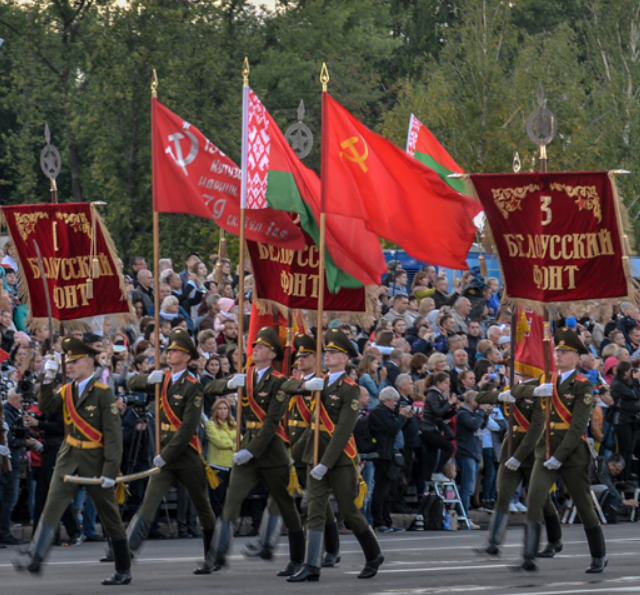
7. A Contrast with NATO’s Eastern Flank
Whereas Russia is relying on heritage systems, NATO’s eastern members are doing the opposite. Nations such as Poland, Romania, and Hungary are retiring Soviet-era platforms in favor of newer NATO-standard equipment, ranging from Leopard 2A7+ tanks to Patriot missile systems.
This modernization, which is premised on the vision of Russia as a looming threat, is the opposite of Moscow’s Cold War-era dependence on relics. The divergence has the potential to set a new balance of capabilities on Europe’s eastern border for the long term.
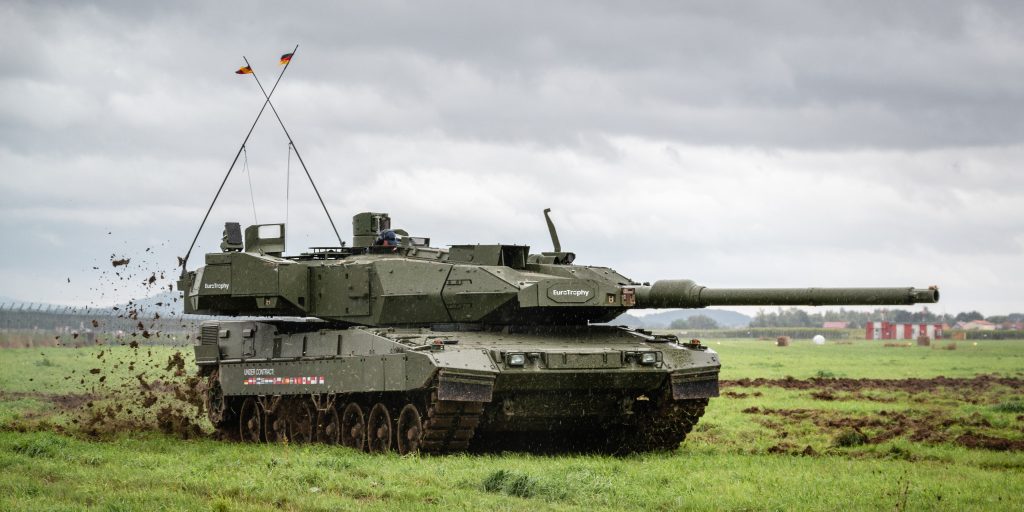
The return of the AK-306 to Ukrainian soil is more than a tactical aside it is an emblem of a force responding under stress, turning to the past to battle in the moment. To Russia, such improvisations can stretch out a war’s operational lifespan, but at the cost of displaying the limitations of a campaign driven by old equipment. To onlookers, every refurbished gun serves as a reminder that in contemporary conflict, the difference between creativity and desperation is acutely narrow.
